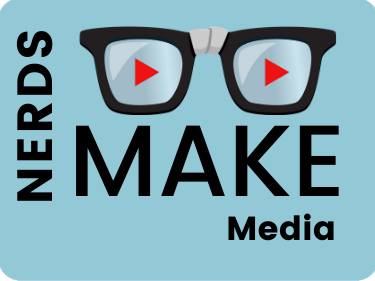As someone who is both an instructional designer and a video maker, I was delighted to learn that Winter 2018’s Government Video Expo had added a Learning Technology Symposium. Here’s are some key takeaways from some of the panels I attended, which I’ll dribble out on a weekly basis.
The Importance of Making Distance Learning Accessible to All
1. ALT text is the brief description of an image on a website or online learning that is revealed by accessibility devices if provided. It is “absolutely critical” and should include at least what is depicted, and ideally more description if the image shows a process or other concept.
2. Web content accessibility guidelines (WCAG) were first developed for the web, and are now being adapted for elearning. They are now at version 2.0, but still a work in progress, and not fully implemented.
3. Internet browsers (chrome, explorer etc.) are guided by “user agent accessibility guidelines” so that they will correctly display content that is developed with WCAG guidelines.
4. As a designer, you need to be taking them into account in:
a. The e-learning authoring tools you choose
b. The actual courses you design
c. Any templates you create
d. The LMS (note – moodle is theoretically best on accessibility, but “nobody uses it”)
e. Any options the subject matter expert or learner has to create content.
5. When saving to PDF, make sure you meet PDF UA requirements. These are like WCAG, but somewhat stronger and designed to be relevant to PDF technology.
6. section508.gov offers free courses and certification.
